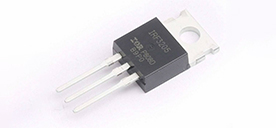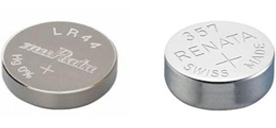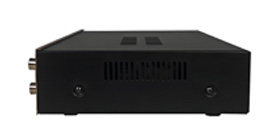Exploring the ESP-01 Wi-Fi Module: A Simple Guide for IoT Projects
2024/7/8 17:18:48
Views:
The ESP-01 Wi-Fi module is a compact wireless module based on the ESP8266 chip, providing Wi-Fi connectivity via the 2.4 GHz band. Developed by Espressif Systems, it is widely used in various IoT projects due to its low cost and high functionality. Here is a detailed introduction to the ESP-01 module, including its technical specifications, programming interface, firmware support, and an original application example.The ESP 01 battery powered module offers a compact and efficient solution for IoT projects, enabling wireless communication and remote data collection without the need for a constant power supply.
ESP01 WiFi Module Programming | Arduino IDE | Do It Yourself
- What is ESP-01?
- ESP-01 Pin Layout
- ESP-01 Dimensions
- ESP-01 Specifications
- Features of the ESP-01
- How Can the ESP-01 Be Used as a Wi-Fi Cover?
- Application Example: Smart Flowerpot
- Physical and Functional Differences Between ESP-01 and ESP-01S
- Choosing Between ESP-01 and ESP8266?
- Manufacturer of ESP-01: Pimoroni
What is ESP-01?
The ESP-01 is a standalone SOC based on the ESP8266 chip, capable of connecting to a temperature sensor, and integrates a TCP/IP protocol stack, allowing any microcontroller to access your Wi-Fi network.
ESP-01 Pin Layout
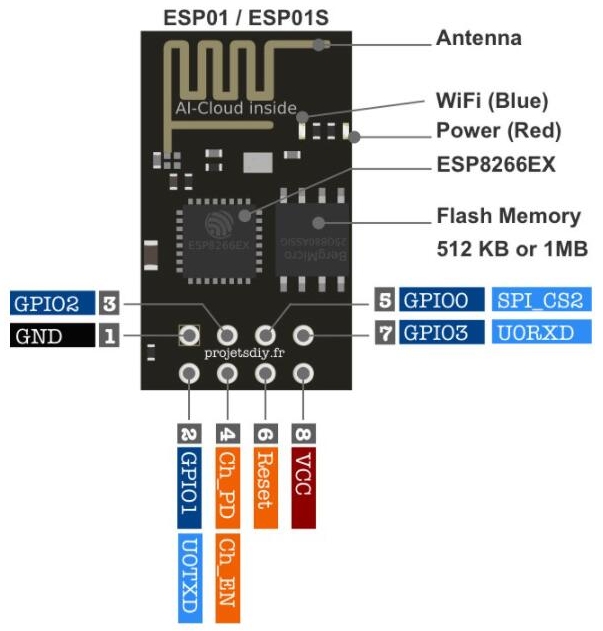
2) Can loft or external MCU
ESP-01 Dimensions
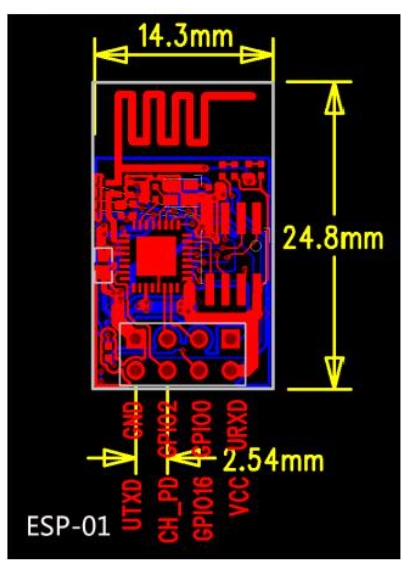
ESP-01 Specifications
Technical specifications, features, parameters of the Pimoroni Ltd ESP001, and other parts with similar specifications.
Features of the ESP-01
1. 802.11 b/g/n - Supports the 802.11 b/g/n standard, compatible with various Wi-Fi devices, ensuring good network speed and coverage.2. Integrated low-power 32-bit MCU - The built-in microcontroller unit (MCU) enables the module to handle complex application logic while maintaining low power consumption, suitable for battery-powered devices.
3. Integrated 10-bit ADC - The module includes an analog-to-digital converter, ideal for reading analog signals such as sensor data, perfect for applications requiring environmental monitoring.
4. Integrated TCP/IP protocol stack - The built-in network protocol stack simplifies the development of network communications, enabling devices to easily connect to the Internet.
5. Integrated TR switch, balun, low noise amplifier, power amplifier, and matching network - These integrated RF components help improve the quality and strength of the signal, reducing the need for external components.
6. Integrated PLL, regulator, and power management unit - Provides stable clock signals and power management, contributing to the module's stable operation.
7. Supports antenna diversity - Supports different antenna configurations, allowing the selection of the optimal antenna setup based on the application environment to improve the quality and strength of the wireless signal.
8. Wi-Fi 2.4 GHz, supports WPA/WPA2 - Ensures the security of wireless connections, preventing unauthorized access.
9. Supports STA/AP/STA+AP working modes - Can function as an independent wireless client, a wireless access point, or both, enhancing network flexibility.
10. Supports smart connection features, suitable for Android and iOS devices - Simplifies the process of connecting devices to smartphones, enhancing user experience.
How Can the ESP-01 Be Used as a Wi-Fi Cover?
To enhance efficiency and flexibility, I designed an innovative solution using the ESP-01 as a Wi-Fi connectivity module. In this setup, the ESP-01 not only establishes a stable Wi-Fi connection but also handles HTTP(S) communication, as detailed in the tutorial "Using ESP-01 to Provide Wi-Fi Support for Arduino." In this system, the ESP-01 communicates with the main control unit (e.g., STM32 Blue Pill) via a serial interface. This method is similar to traditional ESP-01 modules using AT command firmware, but here, we replace the original firmware with Arduino network client firmware, allowing us to customize the request and response mechanisms in serial communication for more flexible and efficient data exchange.

ESP01 with Host connection
Application Example: Smart Flowerpot
This project develops a smart flowerpot that is remotely monitored and controlled, leveraging the capabilities of the ESP-01 module connected to the internet. It automates essential functions such as watering, lighting, and temperature monitoring to facilitate optimal plant growth.
1. Hardware Requirements
- ESP-01 Wi-Fi module (ESP8266): Facilitates internet connectivity to manage and monitor flowerpot settings remotely.
- Soil moisture sensor: Measures the moisture level in the soil, ensuring plants receive adequate water.
- Temperature sensor (ESP8266 compatible temp sensor): Monitors the ambient temperature to maintain conditions favorable for plant growth.
- Water pump: Automates the watering process based on soil moisture data.
- LED growth light: Provides necessary light spectrums to promote plant growth.
- 3.3V power adapter: Powers the ESP-01 module and other low-voltage components.
2. Function Description
- Soil Moisture Monitoring: Utilizes the soil moisture sensor to gauge soil wetness, automatically triggering the water pump when the moisture level is below the set threshold.
- Temperature Monitoring: Employs a temperature sensor to continuously monitor and adjust the flowerpot's environmental temperature to ensure optimal growing conditions.
- Light Control: Manages the LED growth light according to a predefined schedule, ensuring that plants receive the right amount of light throughout their growth cycle.
3. Software Implementation
- Development Environment: Utilizes Arduino IDE for programming the ESP-01 module.
- Control Programs: Includes scripts for connecting to Wi-Fi, reading sensor data, and controlling actuators such as the water pump and LED light.
- Cloud Integration: Connects the device to the home Wi-Fi network via the ESP-01 module, uploading real-time data to a cloud database. This enables users to monitor plant conditions and remotely adjust the flowerpot's settings.
This setup not only demonstrates the practical application of the ESP-01 module in smart home scenarios but also showcases how simple hardware components and programming can significantly enhance the home plant growing experience.
Physical and Functional Differences Between ESP-01 and ESP-01S
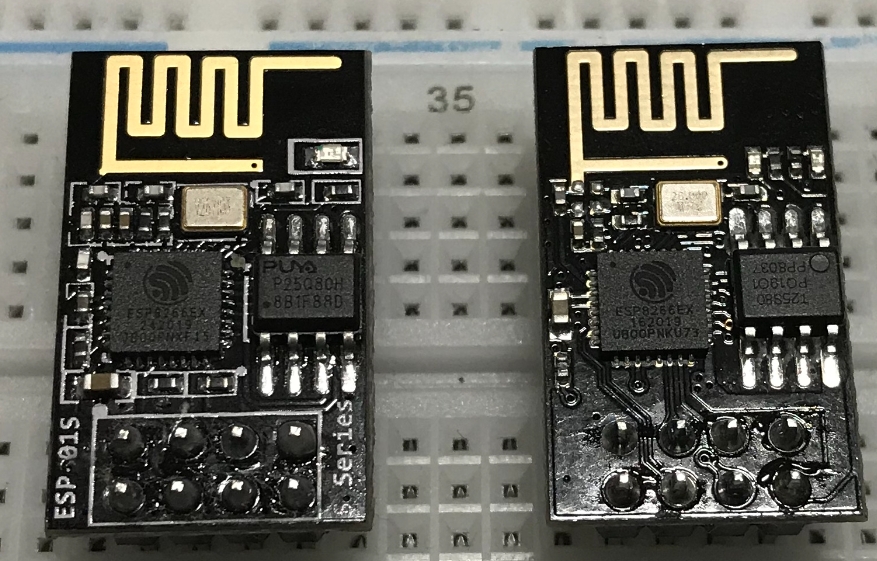
- LED Indicators: There are two LEDs on the ESP-01 module: one is for the Tx line (GPIO1), and the other is next to the PCB antenna and serves as a power indicator. In contrast, the ESP-01S module is equipped with a single blue LED connected to GPIO2.
- Resistor Configuration: The ESP-01S design features two additional pull-up resistors located between the ESP8266EX chip and the socket pins, with an additional pull-up resistor between the CH_PD and 3v3 (VCC) pins.
Choosing Between ESP-01 and ESP8266?
- ESP-01: The ESP-01 is a small development board measuring 24.8 x 14.3 mm, utilizing the ESP8266 module, primarily exposing GPIO0 and GPIO2 pins as well as RX and TX pins for serial programming and debugging.- Flash Memory Capacity: The main difference between versions of the ESP-01 is the flash memory capacity, which ranges from 512 KB to 1 MB.
Manufacturer of ESP-01: Pimoroni
- Company Background: Pimoroni was founded in 2012 in the UK by Jon Williamson and Paul Beech, who won the contest to design the Raspberry Pi logo, strengthening the company's ties with the Raspberry Pi community.- Products and Market: Pimoroni designs, manufactures, and sells products friendly to makers, educators, and creative professionals, committed to making electronic products easy to use and appealing, thereby attracting more people to the field of electronics.
- Growth and Development: Pimoroni has experienced an 80% annual growth rate since its founding, employs over 30 people at its Sheffield headquarters, and sells its products internationally through more than 50 international distributors. In the UK, Pimoroni is the biggest distributor of Adafruit products.
Frequently Asked Questions
1. How do I program the ESP-01 using an Arduino Uno?
- Pick the appropriate ESP8266 board, set it up in the Arduino IDE, connect the ESP-01 to the board via the appropriate pins, write your code, then upload it using the IDE.
During programming, the Arduino Uno functions as a USB-to-serial converter.
2. What are the correct pin connections for interfacing the ESP-01 with an Arduino?
- Attach the RX to Arduino's TX and the TX to Arduino's RX on the ESP-01. Ensure the ESP-01 is powered with 3.3V from the Arduino, and all grounds are connected.
3. How do I set up the ESP-01 for basic operations like connecting to Wi-Fi?
- Begin by sending basic AT commands like `AT+CWMODE=1` to set the module in Station Mode (STA), which allows it to connect to an available Wi-Fi network. Additionally, it can be configured to function as an Access Point (AP) or as both.
4. How can I ensure the ESP-01 module communicates effectively after setup?
- After initial configuration, test communication by sending data using commands like `AT+CIPSEND`, followed by the data, and closing the connection with `AT+CIPCLOSE` to ensure data is sent and received correctly.
5. How much electricity does the ESP-01 require?
- 3.3V is required to power the ESP-01. Using a higher voltage like 5V without a voltage regulator will damage the module as it doesn't have an onboard voltage regulator.
Related Information
-
-
Phone
+86 135 3401 3447 -
Whatsapp

